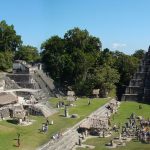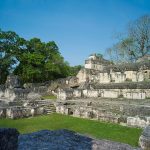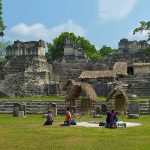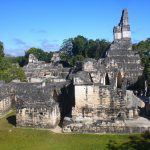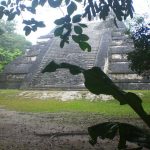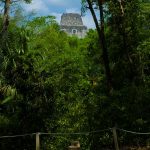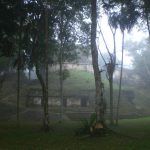Tikal, the ruin of an ancient civilization named Yax Mutual, is situated in the rainforest in Guatemala. Tikal is one of the largest Archeological Sites of the pre-Columbian Maya Civilization. It is geographically located in the region of Petén Basin, now in Northern Guatemala. The site is a part of Guatemala’s Tikal National park and was declared a UNESCO World Heritage Site in 1979.
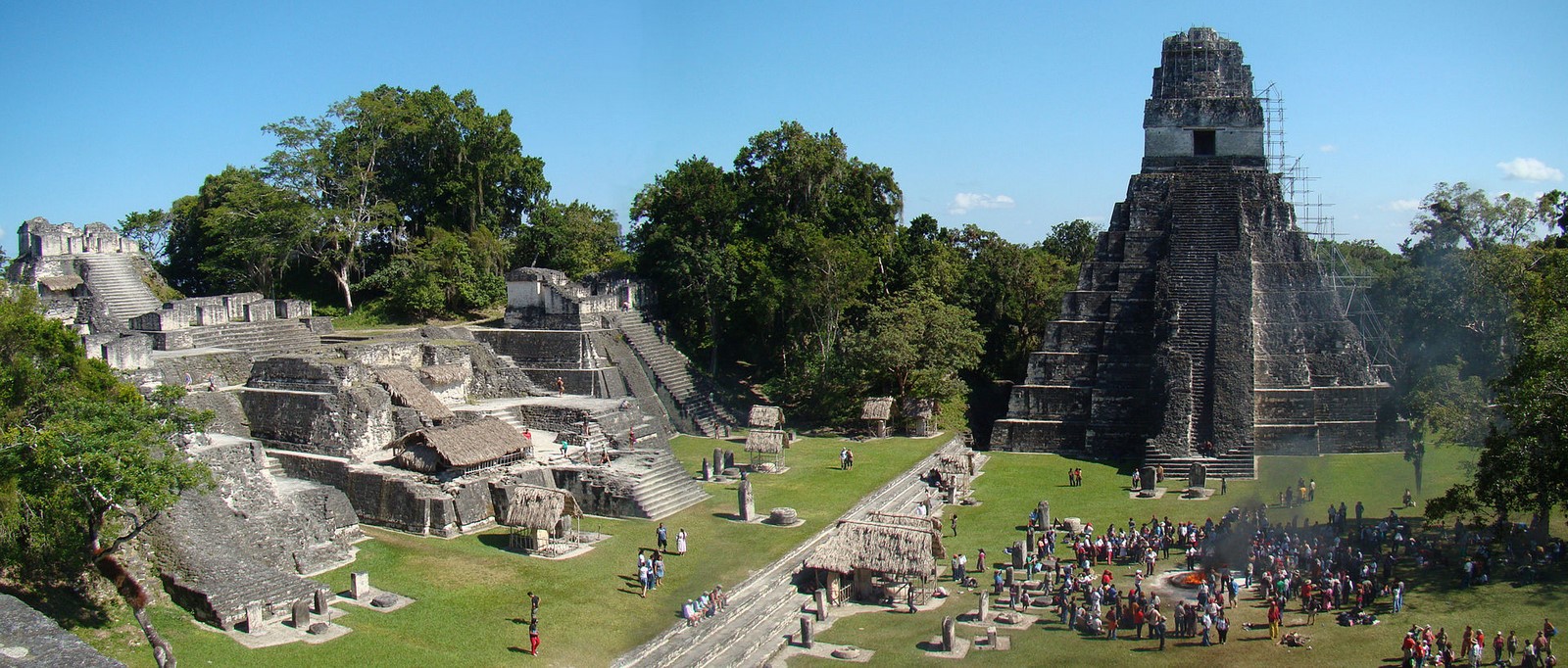
History | Tikal Guatemala
Tikal was initially an extremely small village during the Middle Formative Period (900 BCE–300 BCE). Subsequently, this small village became an important ceremonial centre with the construction of major temples and Pyramids in the Late Classic Period (600 CE–900 CE).
In the Late Classic Period (600–900 CE), there was extreme planning and construction of its grand plazas, palaces, and pyramids. The appearance of Hieroglyphic Writing, Maya art, and the complex systems of time counting is witnessed in the vase painting and monumental sculptures. The dedicatory Stelae at the site dates from the 3rd century CE to the 9th century. The Stelae usually had the carved features of the priest or other important people inscribed with dates and hieroglyphs.
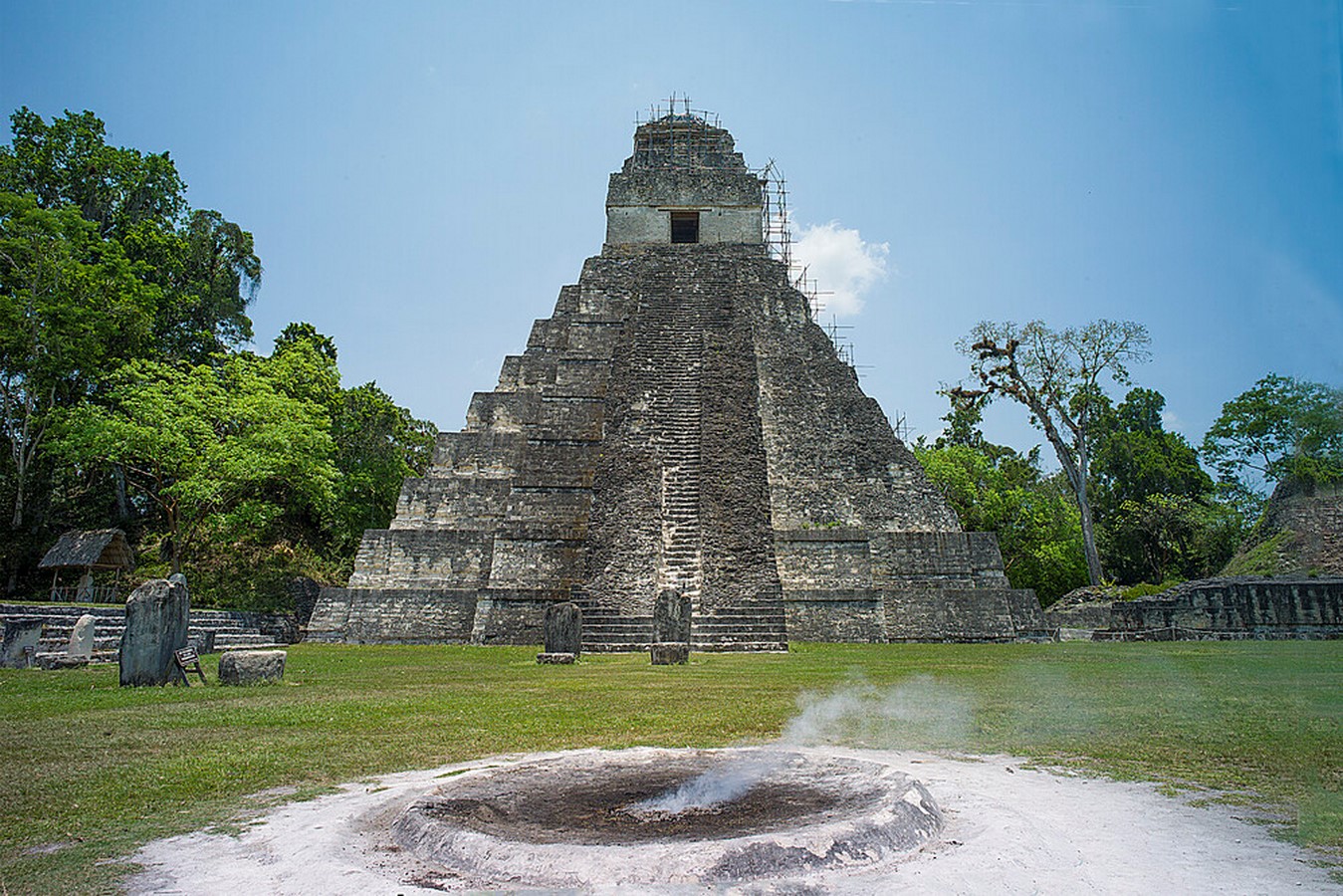
In the Early Classic Period (100–600 CE), Tikal stood as an important post in the trading network that the contemporaneous Mexican city of Teotihuacan had established in Southern Mesoamerica. Tikal continued to flourish even after the decline of Teotihuacan and extended its hegemony over a major part of the southern lowlands in the Late Classic Period.
Between 600 and 800 CE, Tikal reached its artistic and architectural peak, after which, the deterioration set in with extreme depopulation and general artistic deterioration. The last Stelae at the site dates from 889 CE. People in small groups continued to live at the site for another century, but they abandoned Tikal and the other Maya centres of the Southern Lowlands by the 10th century.
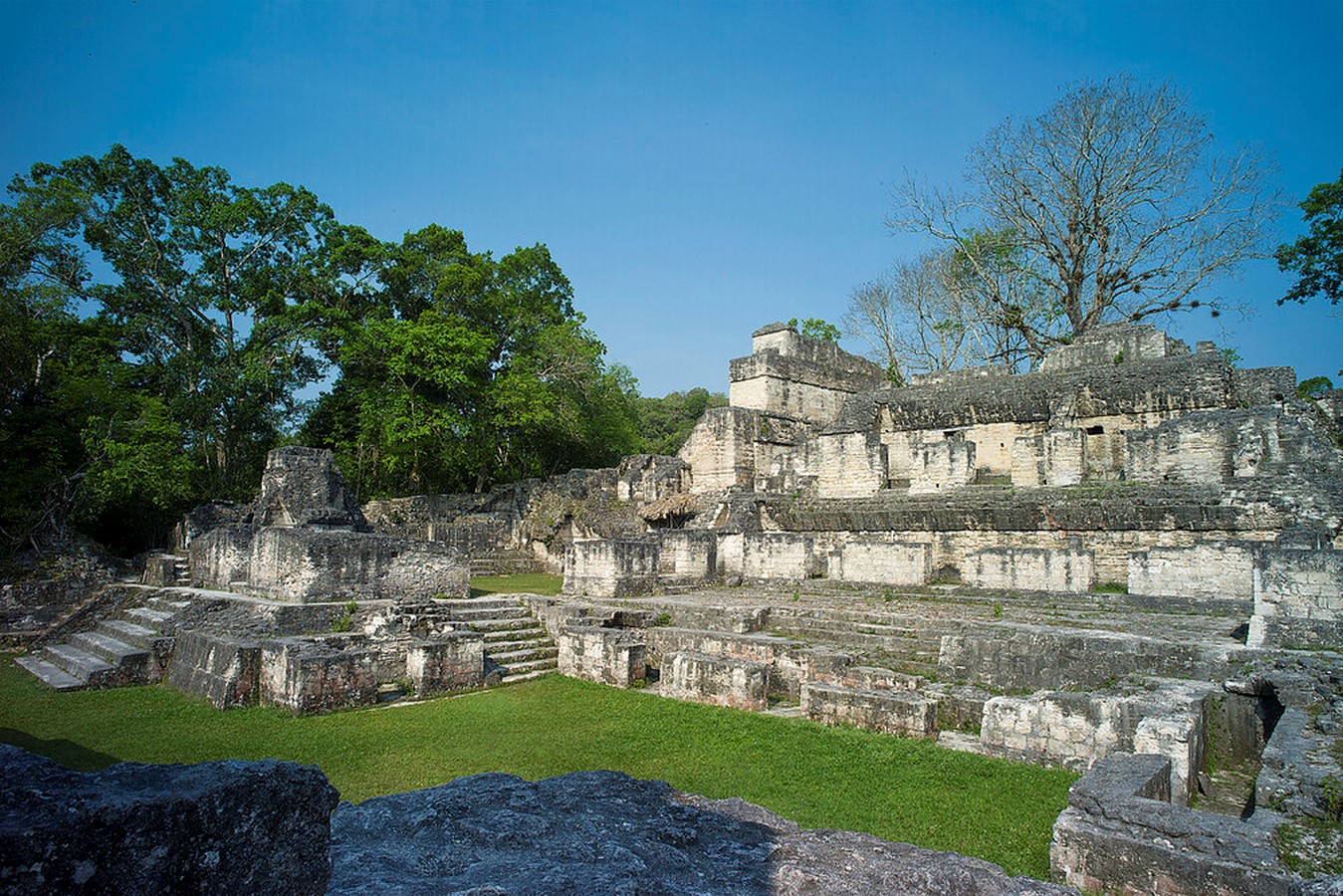
Structures and their Background
The important structures of Tikal cover approximately 2.5 square kilometers. Surveys in vast areas, encompassing at least 15.5 square miles have revealed miniature and smaller structures used as residences. The location of these residences was, however, not arranged around the streets or in compact formation, but was separated widely. The estimated height of Tikal’s population was about 10,000 people with an outlying population of approximately 50,000.
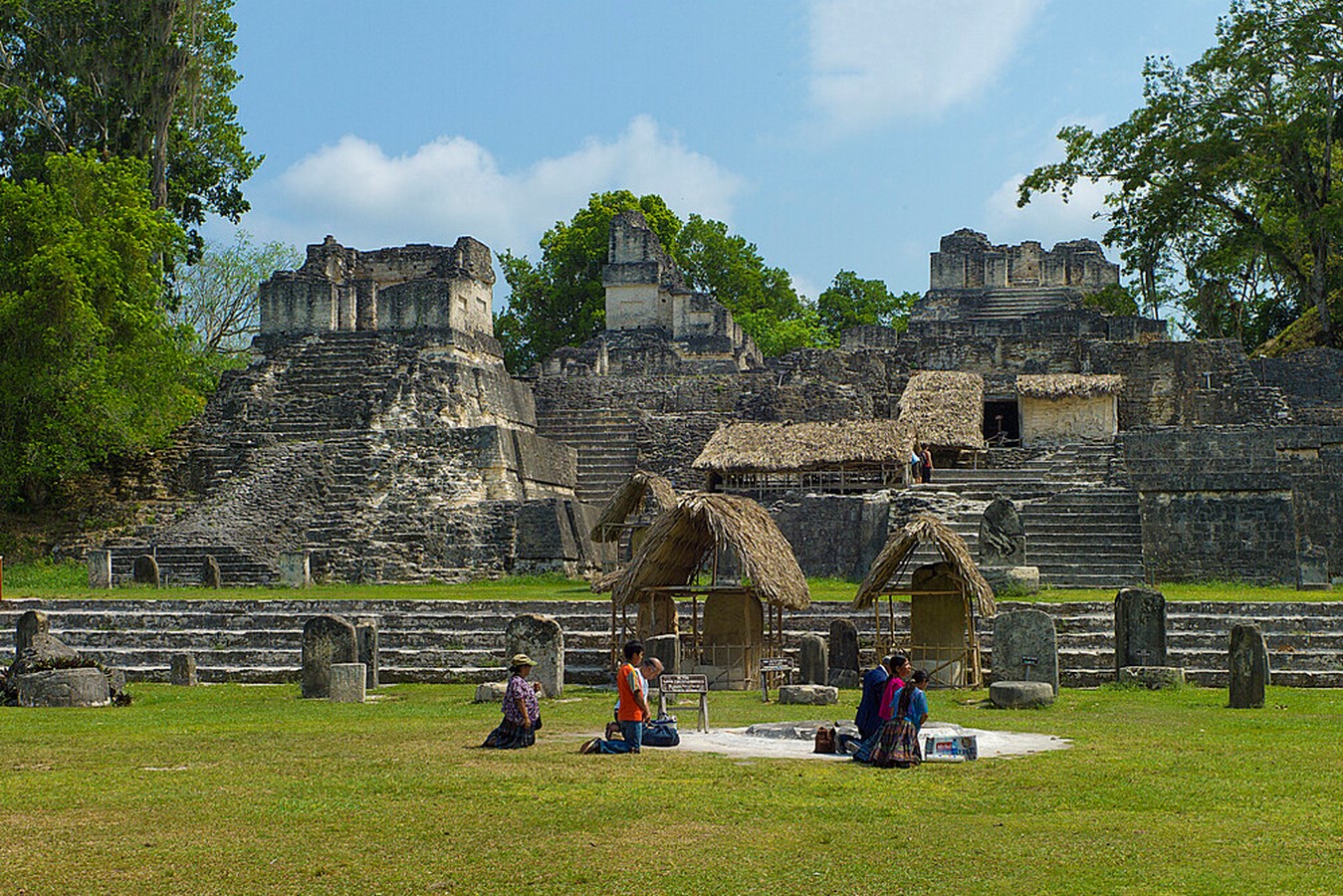
The Site’s major structures include three large complexes often called an acropolis and five pyramid Temples. These were temples and palaces for the upper class. They composed one complex of numerous such buildings, beneath which were richly prepared burial chambers. The temple of the Jaguar topped the pyramid and had a height of 45 meters. On the western phase of the Pyramid was Pyramid II with a height of 42 meters. Supporting the temple of the masks above, the Jungle was where Pyramid III was positioned at 55 meters in height; near the plaza of Seven temples was pyramid V with a height of 57 meters. The highest of the Tikal monuments was pyramid IV with a height of 65 meters- being the tallest of the pre-Columbian structures in the Western Hemisphere.
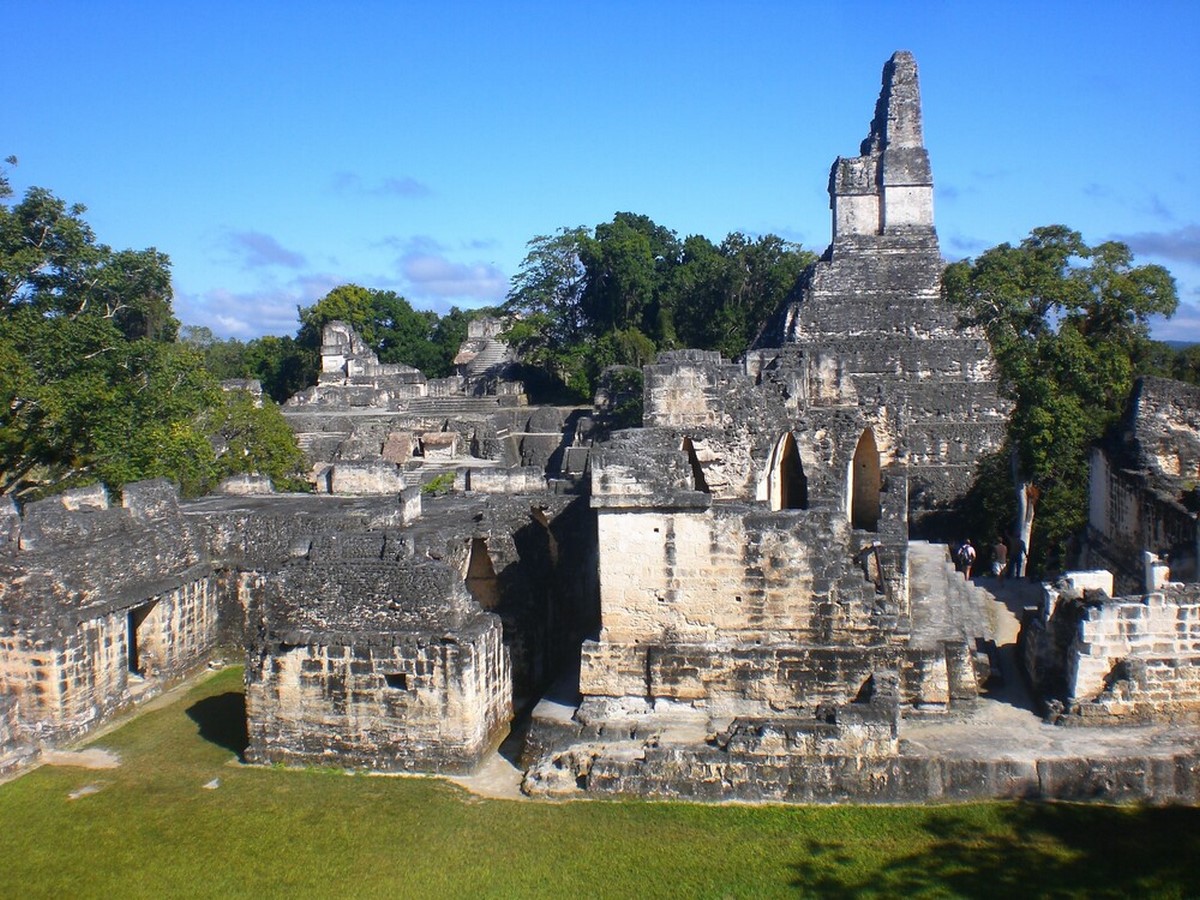
Tikal’s Collapsation
The reason for the collapse of Tikal was an agricultural failure with overpopulation. It was a blow to the heart of the Classic Maya Civilization. The city has been at the forefront of the country’s life of architecture, art and design for over a thousand years since the great ancient ruling dynasty.
According to the new research on environmental proxies, the Tikal’s reservoir system showcased a meteorological drought which eventually led to its abandonment by the City. They painted the buildings with mercury bearing Cinnabar, which was washed off by the rain and led to polluting some of the remaining water reservoirs. The city reached an unsustainable level of inequalities by the end.
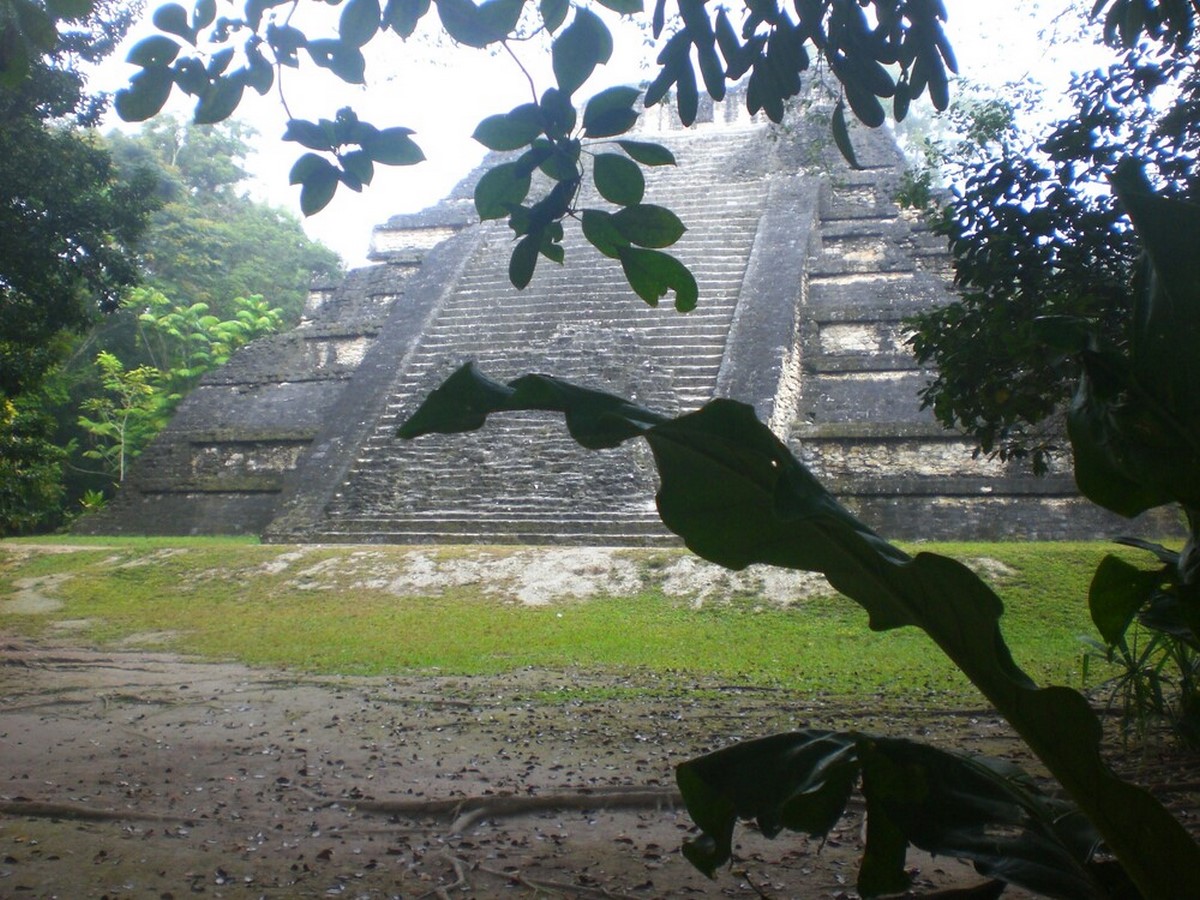
Tikal Today | Tikal Guatemala
Tikal was declared a National Monument in the year 1931, followed by its naming as a national park in 1955. In 1990, UNESCO recognized the vast Maya Forest Biosphere Reserve. This created an opportunity to address conservation & management followed by adequate political support, staffing, funding and effective management. An administration and technical team are responsible today to focus on archaeology, nature conservation, community relationship, environmental education and public usage. Armed guards are today in charge of law enforcement, jointly with a specialized tourism police force.
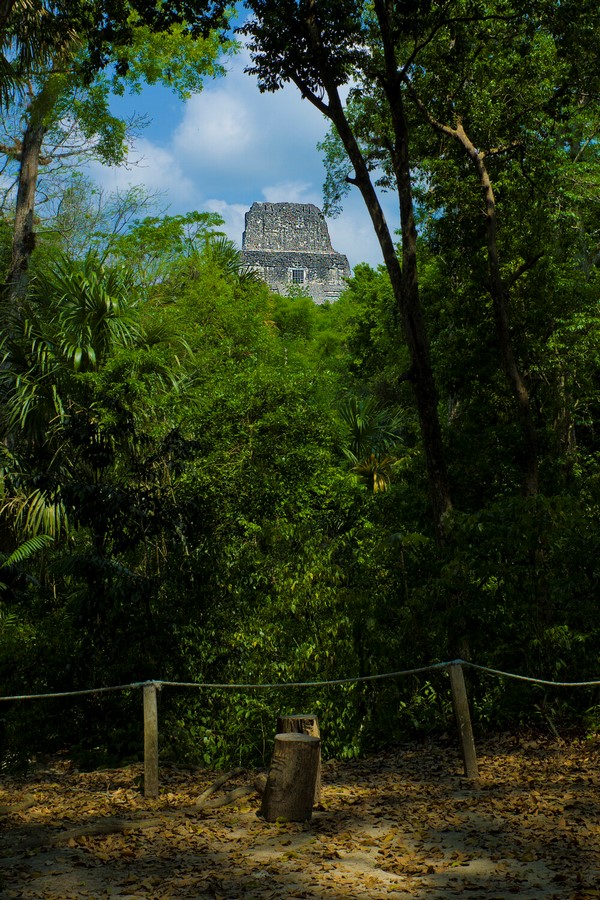
There has been a strong population increase in the recent decades in rural spaces in Guatemala. It showed the growth of tourism over the last few decades. It supports the local economy with a major potential to contribute to conservation and education with funding, complementing the governmental budgets and acts as external support from research and conservation institutions. Although tourism has become a major management issue resulting in risking serious damage to most visited sites, the site managers, governmental institutions and local communities are well guarding the lost marvel’s remains.
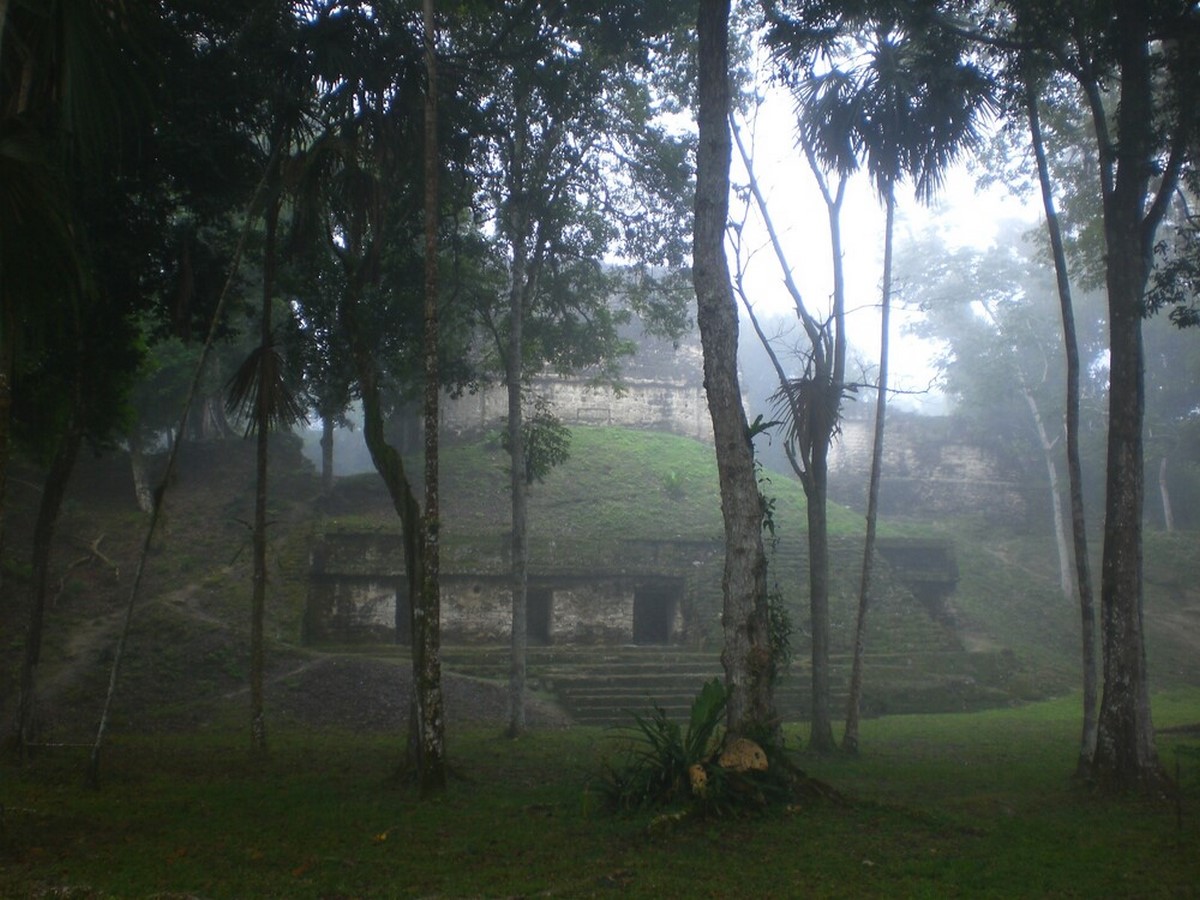
References:
- Mcd.gob.gt. 2022. Tikal. [online] Available at: <https://mcd.gob.gt/tikal/> [Accessed 22 May 2022].
- Encyclopedia Britannica. 2022. Tikal | archaeological site, Guatemala. [online] Available at: <https://www.britannica.com/place/Tikal> [Accessed 22 May 2022].
- Centre, U., 2022. Tikal National Park. [online] Whc.unesco.org. Available at: https://whc.unesco.org/en/list/64/ [Accessed 22 May 2022].








